Pakistan Considers Yuan-Denominated ‘Panda Bonds’ to Diversify Financing and Foster Regional Collaboration
Pakistan is set to issue its first yuan-denominated “panda bonds” as early as June, aiming to raise about US$200 million. Finance Minister Muhammad Aurangzeb has emphasized that this strategic initiative is designed to diversify the nation's funding sources beyond the US dollar and to deepen its participation in key Asian capital markets.
Addressing Economic Challenges Through Diversification
Facing a US$12.8 billion debt burden and a recent unemployment surge to 7%, Pakistan has been implementing economic reforms since Minister Aurangzeb's appointment in March 2024. After a peak inflation rate of 38% in mid-2023, the country has managed to bring it down to 4.1%. The panda bond issuance is envisioned as a dual-purpose measure: it not only provides access to a broader pool of capital but also enhances economic resilience by mitigating the risks of currency overreliance.
For international investors, these bonds offer an appealing opportunity to diversify portfolios by tapping into an emerging market with a robust reform agenda and improved credit fundamentals.

Enhancing Regional Cooperation and Digital Innovation
During recent visits to Mainland China, Minister Aurangzeb studied the digital transformation of Chinese financial institutions, aiming to leverage their expertise to boost Pakistan's own financial inclusion and digital banking initiatives. Concurrently, the evolving phase of the China-Pakistan Economic Corridor (CPEC) is shifting focus toward the commercialization of infrastructure, creating fertile ground for private-sector investment and cross-border collaborations.
A Catalyst for Global Market Resilience
Pakistan's move to issue panda bonds marks a decisive step toward modernizing its financial landscape and expanding its global investment reach. For non-Chinese business professionals, this development signals a valuable opportunity: enhanced diversification, access to innovative digital finance practices, and stronger regional economic partnerships that may offer both risk mitigation and strategic growth prospects.











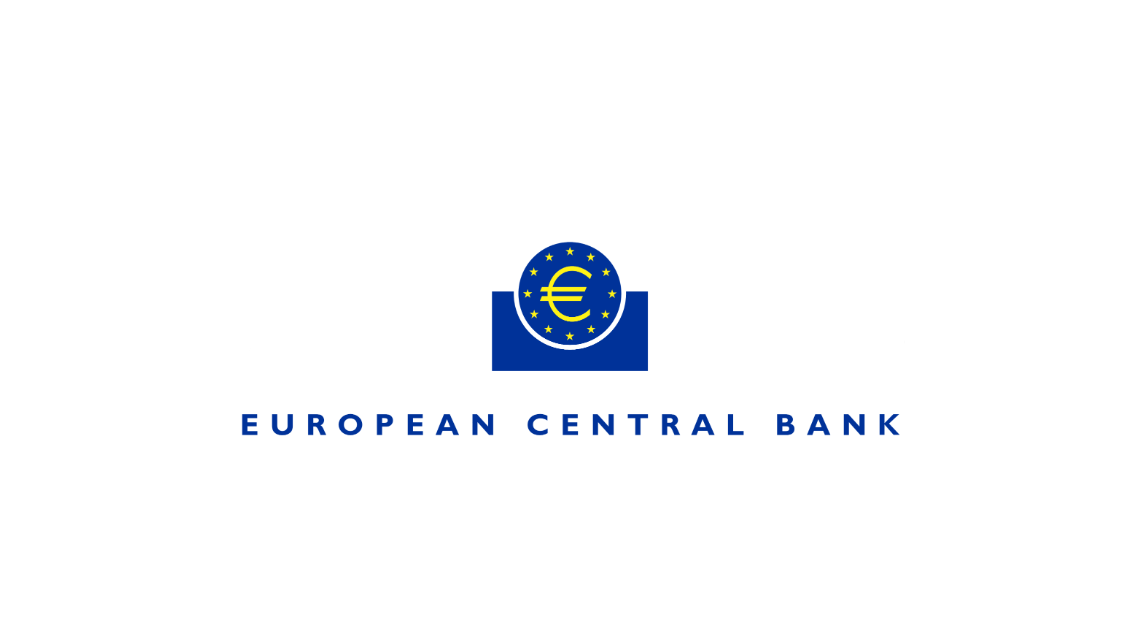
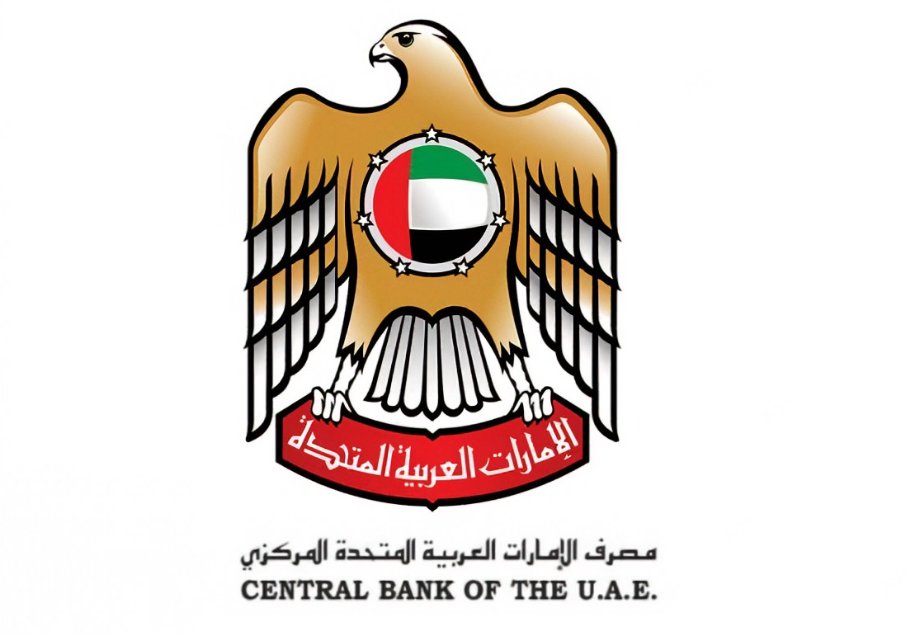
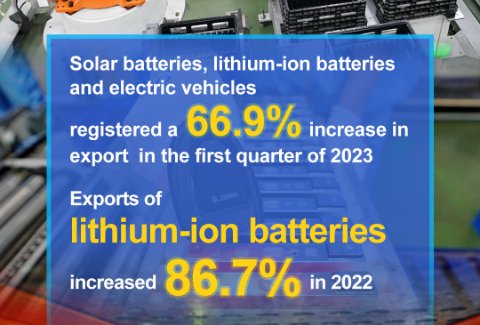
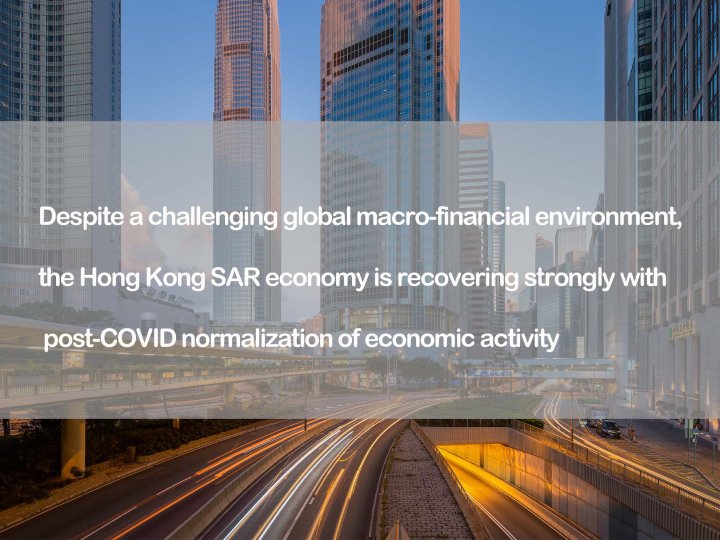



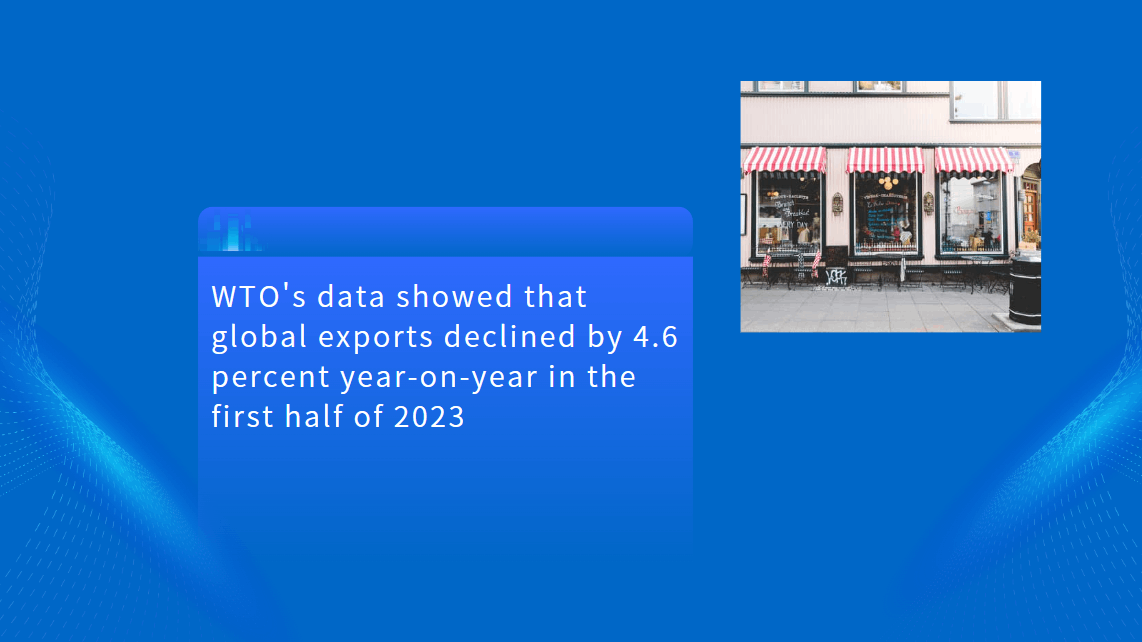
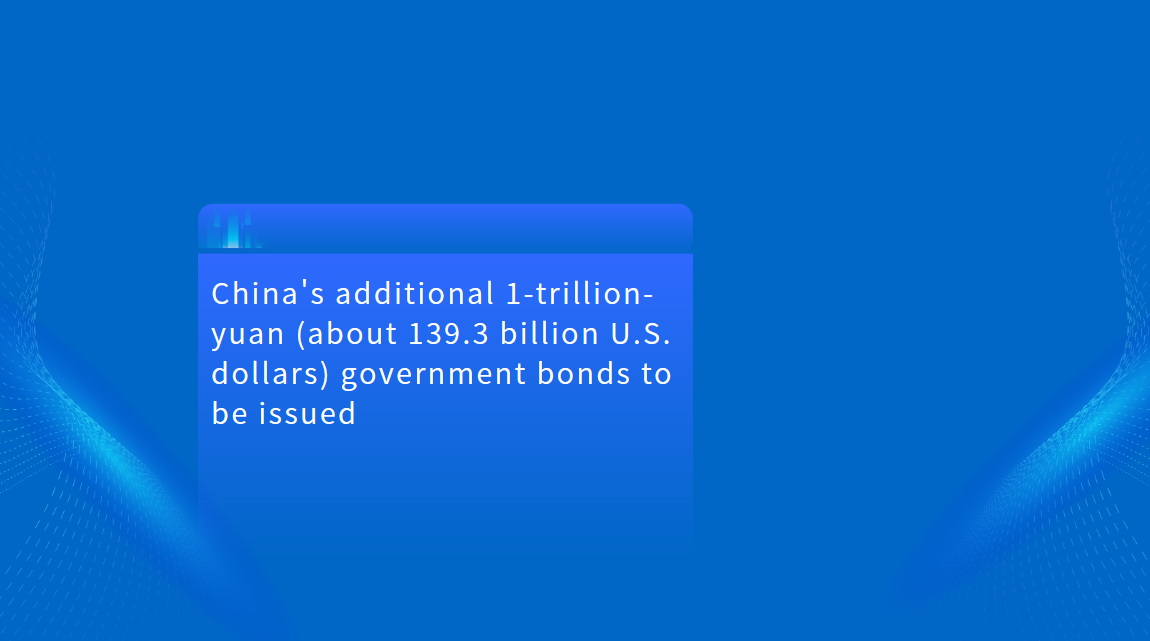

































First, please LoginComment After ~